 As publishers debate whether hyperlocal websites will be the news organizations of the future, GrowthSpur is preparing for that eventuality.
As publishers debate whether hyperlocal websites will be the news organizations of the future, GrowthSpur is preparing for that eventuality.
The startup, which was co-conceived by Backfence founder Mark Potts and a cast of industry all-stars that includes super-blogger Jeff Jarvis, is preparing for the new media world. It’s one in which armies of neighborhood bloggers, local events sites, community discussion forums and small-town print and online newspaper publishers will fill the gap created by the passing of media giants. It’s building a back-end business system that it hopes will enable these small publishers to quickly monetize their businesses while building a network that multiplies opportunity for every member.
The company, which was announced less than two weeks ago, is targeting a US local advertising market estimated at $25 billion that has been devilishly difficult for publishers to monetize.
Second Try
CEO Potts has been here before. Backfence was one of the earliest and most notable experiments in citizen journalism. The venture raised $3 million and expanded to 13 local communities before collapsing in 2007. One problem was that Backfence was ahead of its time. With GrowthSpur, Potts thinks his team has got the timing right. The influx of thousands of journalists who have been laid off over the past two years has created a petri dish for online innovation. But it’s also created a gap: few of those journalists know the first thing about selling advertising.
“People are starting to build replacements for newspapers and we plan to support them,” he says. “We think a local site in a decent-sized town should bring in $100,000 to $200,000 a year.”
How does Potts arrive at that figure when most small-town newspapers struggle just to make a small profit? The GrowthSpur founders think that best-of-breed sales tactics, combined with a robust network of regional advertising outlets, can make the difference.
QuickBooks For Community Media
The startup is building a technology platform and local network that fledgling publishers can easily tap to generate and manage revenue. It’s kind of a QuickBooks for community publishers, Potts says. The platform, which is still in development, will give publishers the wherewithal to manage everything from ad serving to invoicing while connected them to a network of nearby sites where customers can also place advertising.
That feature is one of GrowthSpur’s more intriguing ideas. Potts’ Backfence experience taught him that many local businesses want to advertise in a wider geographic radius than that provided by their local newspaper. Most community publishers lack the connections or infrastructure to place their client’s ads outside of the outlets they control. The result is a frustrating experience for advertisers and lost revenue for the publishers.
In the GrowthSpur model, the more publishers who adopt the platform, the more powerful the ad network. “The idea is that we can get you on the local mommy blog, the food blog and the site in the next town,” he says.
Sticking to Its Knitting
GrowthSpur is being driven by a small but elite group of publishing veterans. The venture is currently self-funded but is entertaining outside financing. GrowthSpur doesn’t have pretensions of being all things to all publishers. It’s strictly a sales and business management engine with no content management or editorial production features. In addition to technology, the company will bundle advisory services and deliver enhancements like do-it-yourself ad creation and search engine optimization through partnerships. The venture will make money through revenues shares. There will be no upfront costs to the community publishers and no payments to GrowthSpur unless revenue is coming in.
The size of the market opportunity naturally begs the question of why existing newspaper companies haven’t done more to take advantage of it. Potts response is simple: “A lot of the big metro dailies haven’t even tried,” he says. “It’s too inefficient for them to sell below about a $10,000 campaign level. The money’s out there but many of big guys haven’t tried to get it.”
GrowthSpur is going to try. The service formally launches early next year, but the company is already fielding an “enormous” number of inquiries and has put some basic tools and services in place, Potts says. Although principals like Potts and Jarvis have been vocal critics of the newspaper establishment, GrowthSpur is born of a sense of optimism.
“This is an incredible time for journalism,” Potts says. “We’re going to see a fascinating multiplication of voices.”


 Ken Doctor is one of those rare breed of editors who understands the business side of newspapering. After spending nearly 25 years as an editor at papers ranging from alternative weeklies to the St. Paul Pioneer Press, he moved to Knight Ridder corporate to help lead the company’s push into new media. Doctor ultimately worked on editorial, strategy and content services for Knight Ridder Digital,
Ken Doctor is one of those rare breed of editors who understands the business side of newspapering. After spending nearly 25 years as an editor at papers ranging from alternative weeklies to the St. Paul Pioneer Press, he moved to Knight Ridder corporate to help lead the company’s push into new media. Doctor ultimately worked on editorial, strategy and content services for Knight Ridder Digital, 
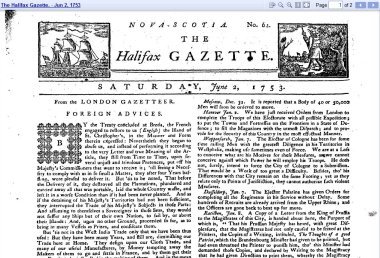


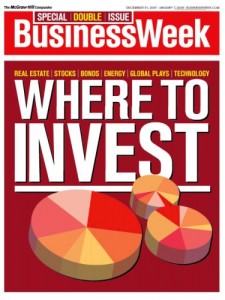 Have you always wanted to own a newsweekly? Well, you can buy BusinessWeek for $1. If that sounds like a bargain, keep in mind that the magazine is reportedly set to lose $75 million this year. That’s down from profits of up to $100 million during the dot-com boom. Times certainly have changed.
Have you always wanted to own a newsweekly? Well, you can buy BusinessWeek for $1. If that sounds like a bargain, keep in mind that the magazine is reportedly set to lose $75 million this year. That’s down from profits of up to $100 million during the dot-com boom. Times certainly have changed.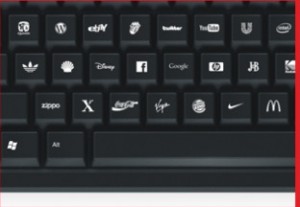 Last week’s
Last week’s 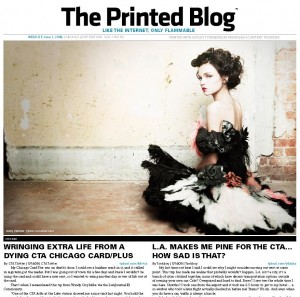
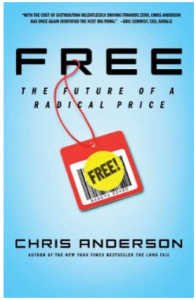
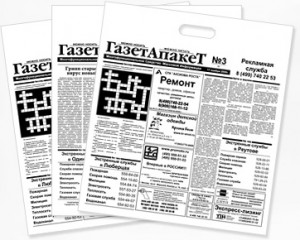 The comedy team of Bob & Ray once had a skit about an idea called edible food packaging. It turns out the notion may not have been so far-fetched, as publishers are trying every possible idea to make their print products palatable. In Moscow, the the
The comedy team of Bob & Ray once had a skit about an idea called edible food packaging. It turns out the notion may not have been so far-fetched, as publishers are trying every possible idea to make their print products palatable. In Moscow, the the  Another group of Rocky Mountain News ex-pats is
Another group of Rocky Mountain News ex-pats is 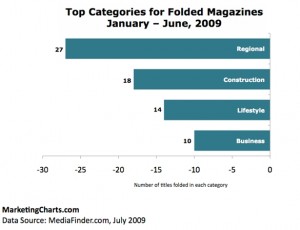
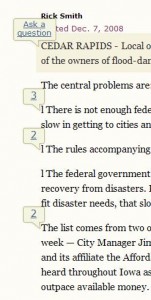
 Circulation at the Los Angeles Times passed one million in 1961. Last month it passed one million again –
Circulation at the Los Angeles Times passed one million in 1961. Last month it passed one million again – 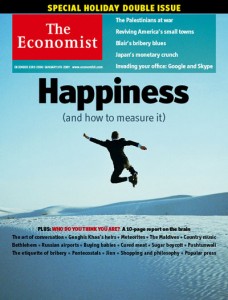 Magazine publishers might want to catch the next flight to London to find out what the heck they’re doing right at The Economist Group.
Magazine publishers might want to catch the next flight to London to find out what the heck they’re doing right at The Economist Group. 
 “Lifting the newspaper/broadcast cross-ownership ban could benefit both newspaper and radio industries; however, rather than serving as an open-ended gift to media conglomerates, repealing the ban should be tied to stricter radio ownership limits. According to an FCC study, newspaper/television station cross-ownership enhances the quantity and quality of TV news and public-affairs programming. Radio could similarly benefit from partnerships between broadcasters and publishers because most newspapers (with a few notable exceptions) are, much like radio, inherently local. Thus, the addition of print reporters to the small news staffs (if they exist at all) of cross-owned radio stations could enhance local-radio news … an area in which local radio is currently underperforming.”
“Lifting the newspaper/broadcast cross-ownership ban could benefit both newspaper and radio industries; however, rather than serving as an open-ended gift to media conglomerates, repealing the ban should be tied to stricter radio ownership limits. According to an FCC study, newspaper/television station cross-ownership enhances the quantity and quality of TV news and public-affairs programming. Radio could similarly benefit from partnerships between broadcasters and publishers because most newspapers (with a few notable exceptions) are, much like radio, inherently local. Thus, the addition of print reporters to the small news staffs (if they exist at all) of cross-owned radio stations could enhance local-radio news … an area in which local radio is currently underperforming.” “Frankly, my students want and expect everything ‘on demand.’ They are not specifically loyal to media brands. They do not care what the source of their media content is as long as it entertains or informs them. If I were running a newspaper’s city room, I’d be sprinting to create more ‘TV News Stories’ that people can watch on their websites. A few newspaper companies are doing this, but the vast majority [of them] simply send one of their print reporters out into the field with a substandard consumer camera to record a news conference. Yes, that’s content, but it isn’t good content and it won’t attract younger readers. They need to mimic the styles that TV reporters do with visualizing stories. Every story in the newspaper should have a companion video version available on demand.”
“Frankly, my students want and expect everything ‘on demand.’ They are not specifically loyal to media brands. They do not care what the source of their media content is as long as it entertains or informs them. If I were running a newspaper’s city room, I’d be sprinting to create more ‘TV News Stories’ that people can watch on their websites. A few newspaper companies are doing this, but the vast majority [of them] simply send one of their print reporters out into the field with a substandard consumer camera to record a news conference. Yes, that’s content, but it isn’t good content and it won’t attract younger readers. They need to mimic the styles that TV reporters do with visualizing stories. Every story in the newspaper should have a companion video version available on demand.”


